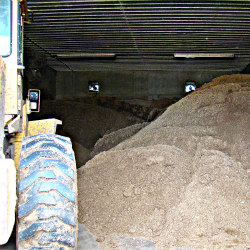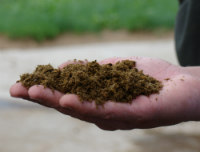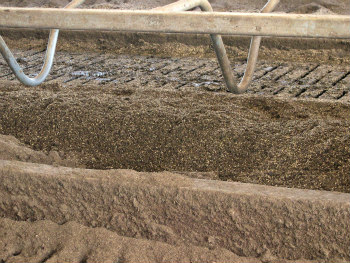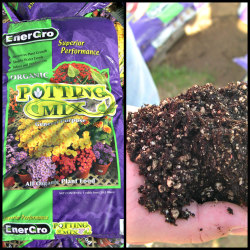![]() Waste to Worth home | More proceedings….
Waste to Worth home | More proceedings….
Purpose
The online Bioenergy Training Center provides educational training resources for Extension educators focused not only on the technical feasibility of bioenergy generation, but also on approaches and processes that assist communities in understanding the comprehensive implications of bio-based alternative energy. The intended outcome of the courses is to bring viable bioenergy projects into communities by providing Extension educators with tools and knowledge they can use to make this happen.
What Did We Do?
Developed three peer-reviewed, research-based online modular courses. Content was developed by experts from across the North Central Region. Included in one of the modules is a bioenergy and renewable energy community assessment toolkit.
 |
What Have We Learned?
The curriculum went live on the web in February 2013. We have not received any feedback on it to date. However, based on the reviews of individuals who used the bioenergy and renewable energy community assessment toolkit in 2012, it does a very good job of helping developers and communities objectively assess renewable energy projects.
Future Plans
Use the curriculum as a foundation for distance learning courses targeting other audiences.
Authors
M. Charles Gould, Extension Educator, Michigan State University, gouldm@msu.edu
Over 50 individuals participated in some aspect of curriculum development.
Additional Information
The Bioenergy Training Center web site is being revamped. It will be posted here at a later date.
Acknowledgements
Curriculum materials and training programs of ‘The Bioenergy Training Center’ were made possible through a grant from the National Water Resources Program, National Institute of Food and Agriculture, U.S. Department of Agriculture. NIFA/USDA Agreement No. WISN-2007-03790. Project Title: “Energy Independence, Bioenergy Generation and Environmental Sustainability: The Role of a 21st Century Engaged University”.
The authors are solely responsible for the content of these proceedings. The technical information does not necessarily reflect the official position of the sponsoring agencies or institutions represented by planning committee members, and inclusion and distribution herein does not constitute an endorsement of views expressed by the same. Printed materials included herein are not refereed publications. Citations should appear as follows. EXAMPLE: Authors. 2013. Title of presentation. Waste to Worth: Spreading Science and Solutions. Denver, CO. April 1-5, 2013. URL of this page. Accessed on: today’s date.





